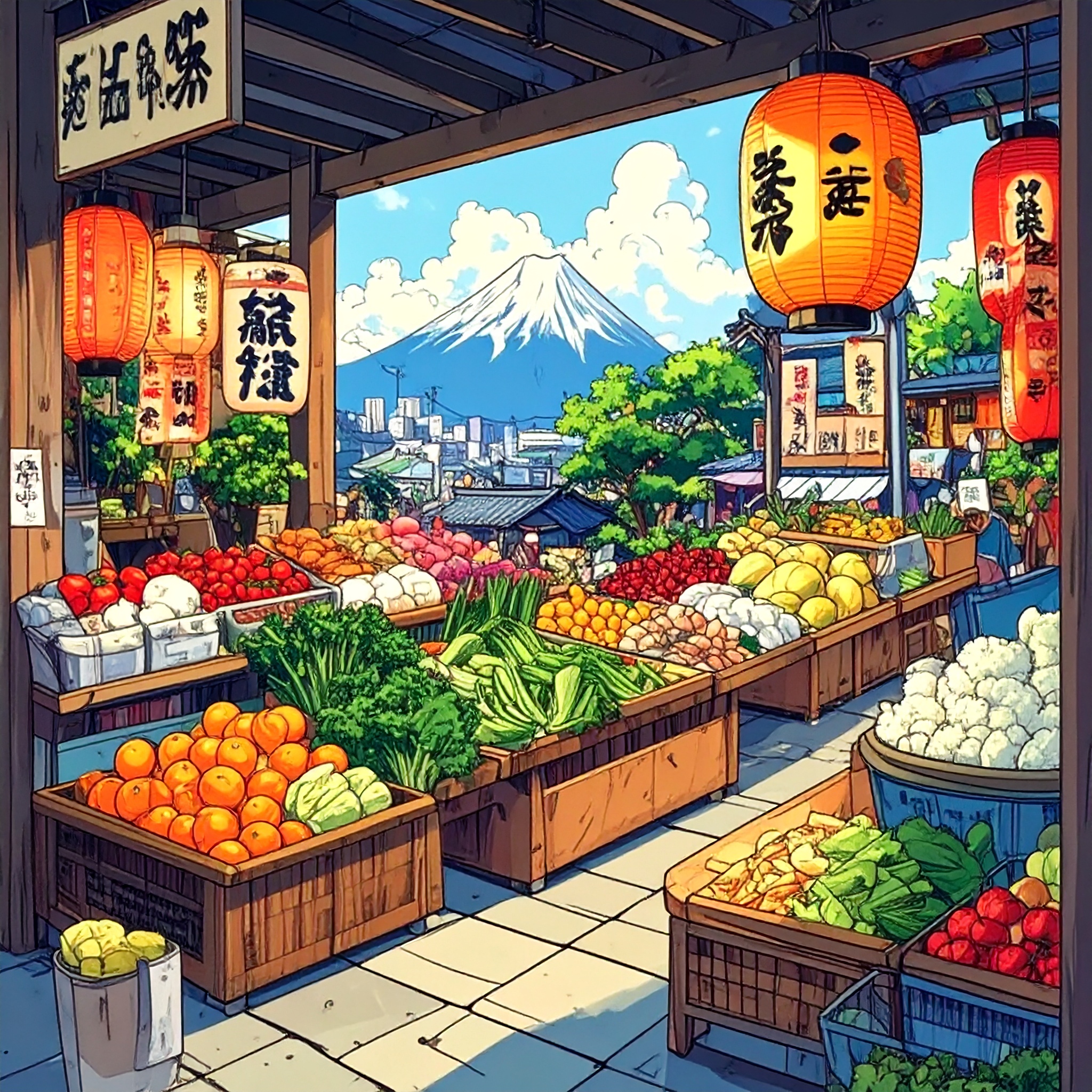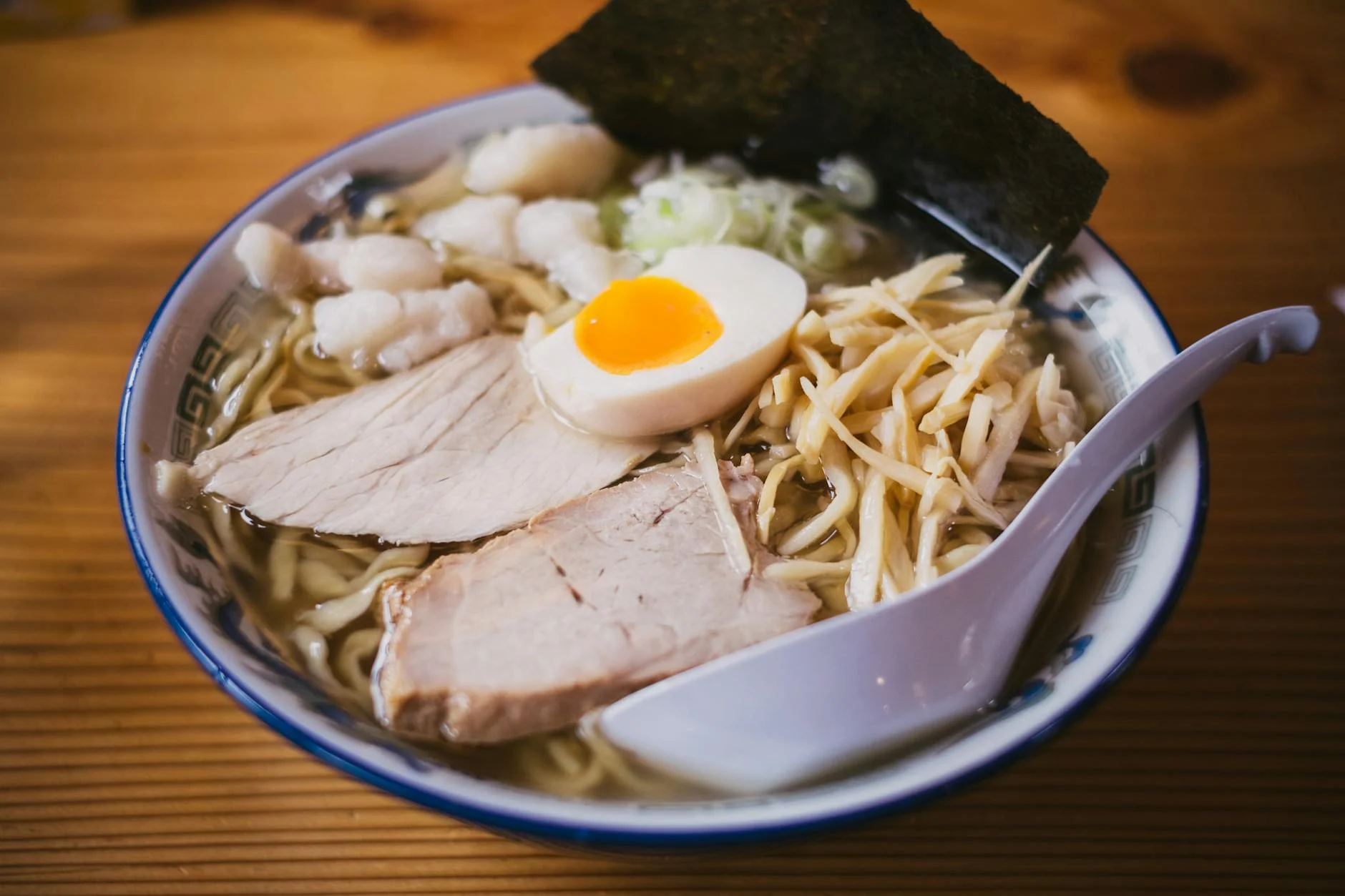A full-course experience—from amuse-bouche to dessert—at a Michelin three-star French restaurant typically exceeds ¥50,000 per person in Paris. But in Tokyo’s Ginza district, the same level of culinary mastery can be savored for as little as ¥10,000 to ¥15,000.
This remarkable contrast is fueling a growing appreciation among global elites for Japan’s dining culture—where “honest pricing meets uncompromising quality.”
In this article, we explore why Tokyo has quietly earned its place as one of the world’s greatest gastronomic capitals—offering world-class flavor without the inflated price tag.
■ Global Gourmet Capitals: The Real Cost of Fine Dining
| City | Average Lunch at a Michelin-Starred Restaurant | Notes |
|---|---|---|
| Paris | ¥30,000–¥40,000 | Full course: amuse-bouche, starter, main, dessert |
| New York | ¥35,000–¥45,000 | Plus service charge and mandatory tipping |
| Singapore | ¥25,000–¥35,000 | Wine not included, reservations booked months ahead |
| Hong Kong | Around ¥30,000 | Strong Japanese influence, but rising prices |
| Tokyo | ¥12,000–¥20,000 | Equivalent quality at a fraction of the price |
When factoring in the culinary artistry, presentation, hospitality, and architectural ambiance, Tokyo stands out as a “luxury dining capital with disruptive value.”

■ Why Japan May Be the World’s Best-Value Gourmet Destination
1. Unrivaled Ingredient Sourcing through Streamlined Distribution
From Tsukiji to Toyosu, Japan has built a system where global ingredients and regional delicacies arrive daily at remarkable speed and efficiency—driving down costs while maintaining freshness and quality.
2. Artisan-Driven Local Competition
Even beyond Michelin listings, independent chefs uphold remarkably high standards, refined through relentless local competition and a deep cultural reverence for craftsmanship.
3. Focus on Purity Over Performance
Instead of elaborate theatrics, Japanese culinary culture is rooted in devotion to the essentials—the clarity of a single drop of dashi, the exacting control of flame, the temperature of a porcelain plate.
This is where Japan’s true value lies: by investing in the essence, it delivers an experience that far exceeds its price—quietly, consistently, and with uncompromising integrity.
■ The Unspoken Weight of a Single Dish in Japan: Voices from the Affluent
Singaporean Business Owner: “in Tokyo, food speaks. Without words, the flavors stay with you—etched into memory.”
Dubai-Based Art Collector: “there was more than cuisine on that plate—it held the atmosphere, the landscape, the stillness. Not even France has moved me so deeply.”
Hong Kong Property Investor: “yes, I’ll pay ¥30,000 in Paris and feel it’s worth it. But only in Tokyo can I feel the same satisfaction for just ¥10,000.”
■ In Japan, Fine Dining Is Not Just a Luxury—It’s a Way of Life
In Tokyo, haute cuisine isn’t reserved for special occasions. It is part of daily life—refined, accessible, and authentically integrated into the urban rhythm.
-
A six-seat bistro tucked quietly behind a side street
-
Shojin cuisine served in hushed, gallery-like serenity
-
Seasonal kappo meals that speak through aroma and handcrafted tableware
What sets Tokyo apart is not only the quality, but the natural proximity of excellence—and the fact that many of these establishments now welcome international guests, with English-language support and reservation accessibility improving steadily.
■ Tokyo: Where Culinary Excellence Becomes an Asset
For high-net-worth individuals, the ability to discern value that exceeds price is as vital in life as it is in business.
In Tokyo, fine dining becomes a form of sensory asset management—where each plate embodies technique, emotion, heritage, and time.
You may spend ¥30,000 elsewhere and walk away unmoved. But in Ginza, a ¥10,000 lunch can deliver a culinary experience of profound emotional return.
This is the true essence of Japanese gastronomy: quiet, layered, and deeply rewarding.




